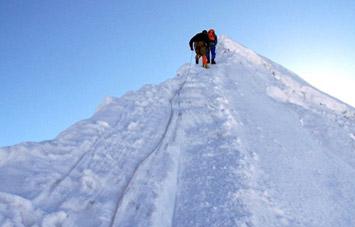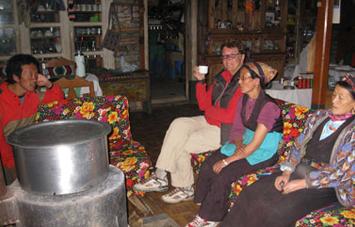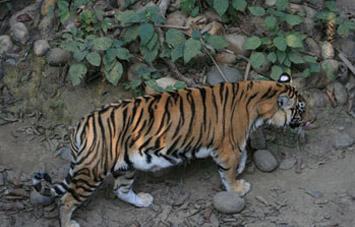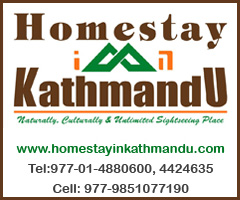People in Tibet
The majority of Tibet's population of 1,890,000 are Tibetans. Tibet is so thinly populated that it averages out 1.6 8 persons per square kilometer. About 90% of the people live on a mix of farming and husbandry. Farmers live in the valleys of Tsangpo River (Brahmapotra) and its major tributaries Kyichu and Nuuang-Chu. This area produces barely, wheat, peas and rape-seed.
The great northern grassland which occupies a good half of Tibet is the home of nomads, yaks and sheep. Nomads have no fixed abodes, and keep roaming along fine pastures together with all their belongings, tents and Livestock. The remaining population, approximately 10%, live in towns earning their living mainly on business and handicrafts. Many are also factory workers and government officials.
Ideology of people in this land differs greatly from any other nationality both in China and in the rest of the world. Religion means almost everything. Many live for the next life, rather than for the present. They accumulate deeds of virtue and pray for their final liberation and enlightenment. The lips and hands of elder Tibetans are never still, either busied in murmuring the six syllable Mantra prayer, "OM Ma Ni Pad Me Hum" ("Hail to the Jewel in the Lotus") or in rotating prayer wheels or counting prayer beads. Pious pilgrims from every corner of Tibet gather every day at the Jokhang Temple and Bharkor offering donations and praying with their heart and soul for all living beings.
Frequent visitors to Tibet can determine which region a local person comes from by judging their costumes and their dialects. Locals from agricultural regions dress in woolen, home-woven gowns, and those from the grasslands are clad in sheepskin. Men from Chamdo wear huge tassels of black or red silk, while Lhasa residents are more stylish and modern, often wearing Western clothes. There are a wide variety of dialects in the Tibetan language, but they can mainly be categorized into four: Lhasa, Tsang (Shigatse and Gyantse), Chamdo and Amdo.
















